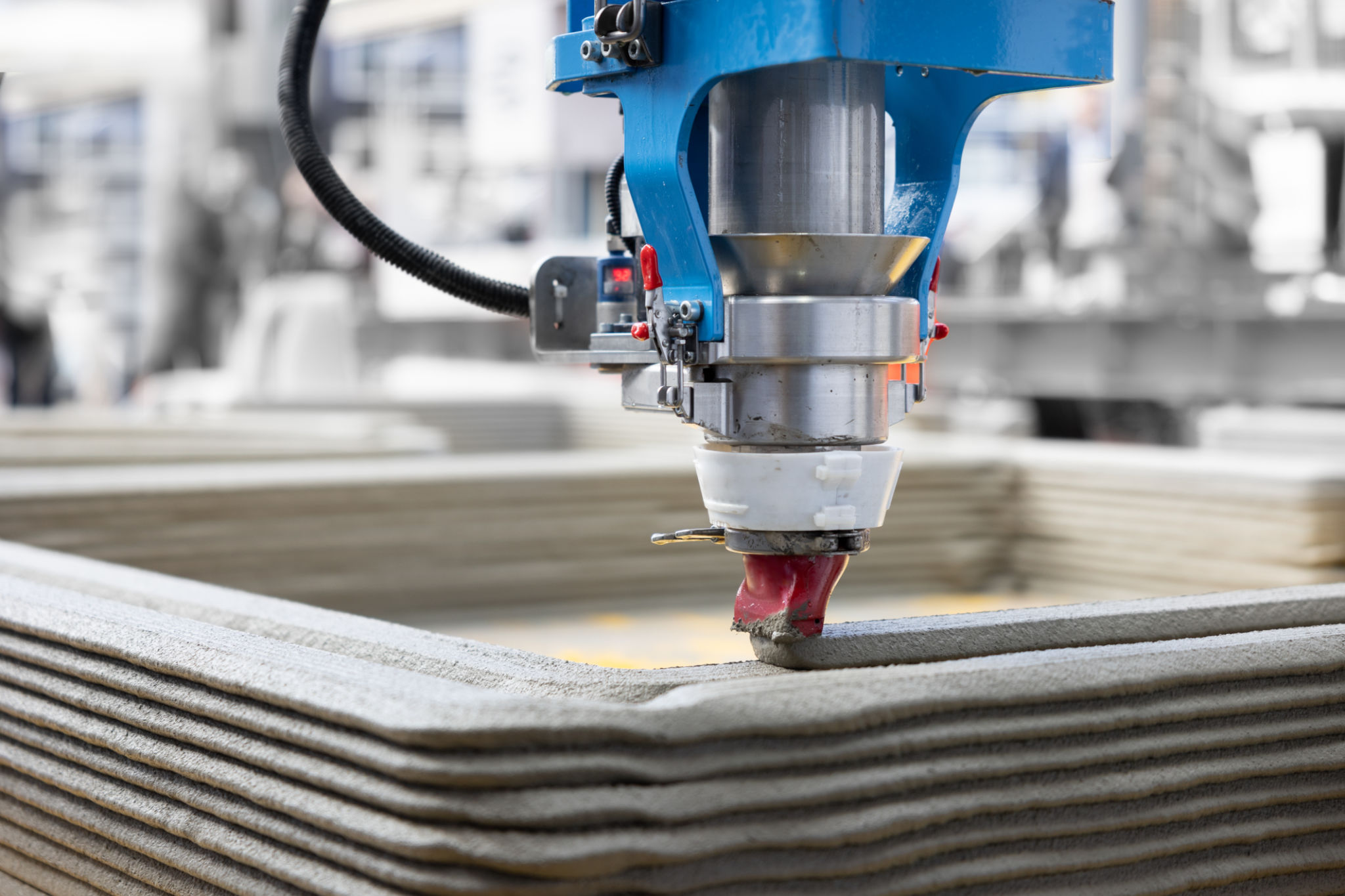The Ultimate Guide to Rapid Prototyping Services
Understanding Rapid Prototyping
Rapid prototyping is a group of techniques used to quickly fabricate a scale model of a physical part or assembly using three-dimensional computer-aided design (CAD) data. This process is critical in the design and manufacturing industries, allowing for faster and more efficient product development. By creating physical models early in the design stage, designers and engineers can visualize, test, and refine their ideas before committing to full-scale production.
These services are especially valuable for businesses aiming to reduce time-to-market. With the ability to produce prototypes in a matter of days, companies can iterate designs swiftly, accommodating changes and improvements as needed without incurring high costs.

Types of Rapid Prototyping Services
There are several types of rapid prototyping services available, each suited to different needs. Some of the most common methods include:
- Stereolithography (SLA): This method uses a laser to cure liquid resin into hardened plastic, layer by layer.
- Selective Laser Sintering (SLS): A technique that fuses powdered materials using a laser to form solid structures.
- Fused Deposition Modeling (FDM): This involves extruding thermoplastic filaments to build objects layer by layer.
Each method has its advantages and limitations, so choosing the right one depends on the specific requirements of the project, such as material properties, strength, and resolution.

Benefits of Rapid Prototyping
The primary benefit of rapid prototyping is its ability to quickly bring concepts to life. This accelerates the product development cycle by allowing for faster testing and feedback. Additionally, it enables better communication among teams, as tangible models are easier to understand and evaluate compared to digital models alone.
Another significant advantage is cost savings. By identifying potential design flaws early in the process, companies can avoid costly changes later in the production stage. Moreover, rapid prototyping allows for greater customization and experimentation with different materials without significant financial risks.

Choosing a Rapid Prototyping Service Provider
When selecting a rapid prototyping service provider, several factors should be considered. Firstly, assess their expertise and experience in handling projects similar to yours. A provider with a proven track record in your industry can offer valuable insights and suggestions.
Additionally, consider the range of materials and technologies they offer. A provider with a wide selection can cater to diverse project requirements and ensure that your prototype meets all necessary specifications. It's also essential to evaluate their turnaround times and pricing models to ensure they align with your project timelines and budget constraints.
The Future of Rapid Prototyping
The future of rapid prototyping looks promising as advancements in technology continue to evolve. Innovations in materials science and additive manufacturing techniques will likely expand the capabilities and applications of rapid prototyping services even further. This evolution will enable more industries to adopt these practices, enhancing efficiency and innovation across various sectors.
As businesses increasingly prioritize agility and quick response times, rapid prototyping services will remain a crucial component in maintaining competitive advantages in product development.
